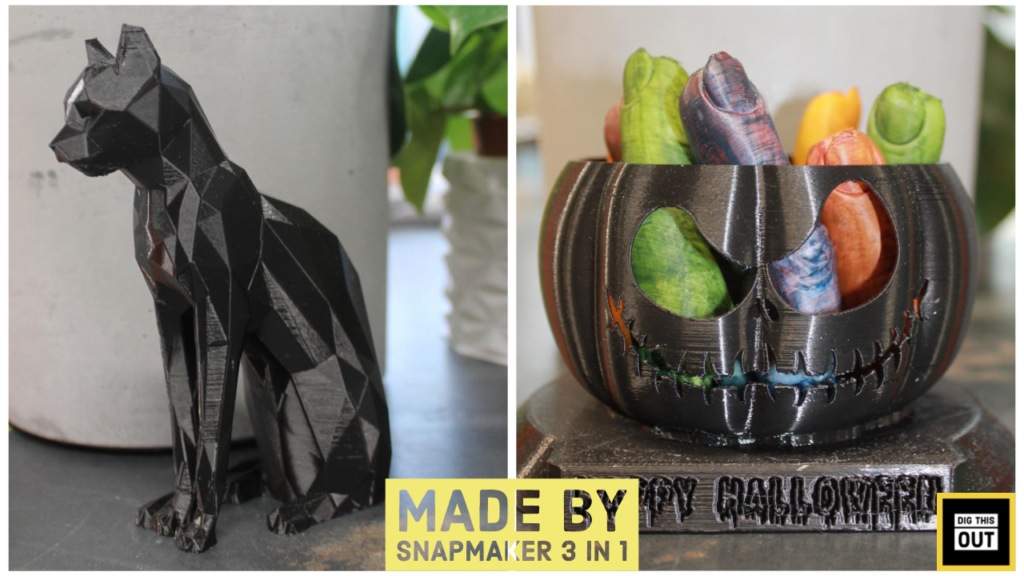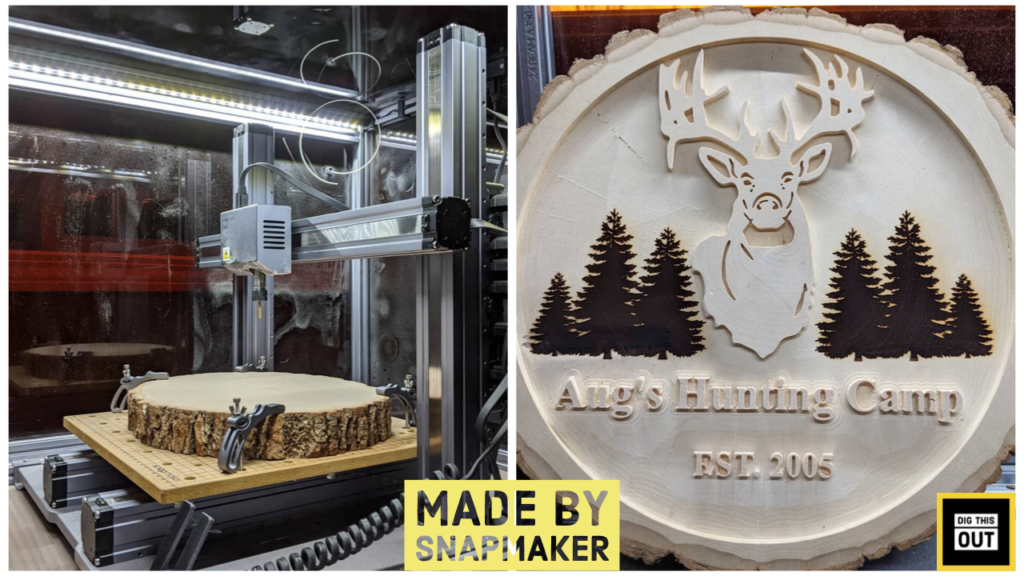Laser cutting is a way that helps in making different patterns into different types of materials. In an easy way, the laser beam burns melts, or vapourize a certain portion of the material.
Laser cutters are so essential in engraving different patterns in wood, metal, glass, paper, gold, vinyl, and other 100-plus materials.
The invention of Laser Cutting
In 1961, Kumar Patel invested the laser cutter while he was having a research in Bell Labs about laser cutting. In fact, he was the inventor of the Co2 laser cutter (a type of laser cutter that can easily engrave on acrylic, plywood, and cardboard.
Application of Laser Cutting
There are different areas where people engage laser cutters. Some people use a low-capacity laser cutter to engrave on DIY things. There is also some small and medium-sized crafting business that prepares crafts, nameplates, customized gifts with laser engraving, and such. However, laser cutters also play a vital role in the industrial sector by cutting thin metals while making automobile parts and holograms them.
Nowadays, laser cutters are helping surgical sectors significantly by replacing scalpels. Usually, they vapourize human tissues and fix the diseases without needing any stitches.
Functional Process

Normally, a laser beam has a diameter of 01. to 0.3 mm which makes contact with the material to place patterns. The power of the beam varies depending on the cutters and as well as the materials. The power of the laser beam varies from 1 to 3 KW which is enough to engrave materials such as wood, vinyl, and cardboards. However, higher power (let’s say 6 Kw) would be essential for engraving heavy metals such as Steel, Aluminium, and such.
Here are the components that take part in the laser cutting function:
Laser Resonator
The laser beam comes from the resonator which is an airtight glass tube filled with different gases like CO2, Hydrogen, Nitrogen, etc. A mixture of these gases activates electric discharge and makes the laser beam powerful.
Cutting Head
Before the final delivery, the light bounces on several mirrors and becomes more powerful. In the final stage, the light comes into the cutting head and passes by a curved lens.
The light also gets magnified and focused on a single point so that it can cut the material with the given depth. The focused light then goes to a nozzle which is always filled with nitrogen and oxygen that helps a smooth cut further.
Types of Laser Cutting
There is a variety of laser cutting depending on the tasks. These are:
Reactive Cutting
In this process, highly pressurized oxygen helps the flame to oxidize or burn the material. Usually, metal requires reactive Cutting to melt the target portion.
Fusion Cutting
Here the nitrogen helps the laser beam. The process starts by heating up the material and then gas is blown at the melting point.
Remote Cutting
This is a high-impact laser beam that proportionately evaporates the material, usually a thin sheet, and then performs cutting without any assistance of gas.
Difference between cutting, engraving & marking
Laser cutting, engraving, and marking are three separate tasks done by laser cutters. The depth of the cutting defines what is engraving and the marking. For example, if you extract a portion of wood or any board as per the design then it is called laser cutting.
When the laser beam helps to vapourize or melt a certain thickness (for example 6 mm) and makes the patterns identical then this a laser engraving.
A good example of laser marking can be placing a logo on a knife or leaving the company name on the parts.
Here’s an example of Laser Cutting

Here’s an example of laser engraving

Types of Laser Cutters
There are three different types of laser engraving which are as follows
Diode Laser
Diode lasers are okay for small businesses but not suitable for working with heavy materials and large quantities around the year. Diode lasers can cut 5-8mm thick wood and 2-5 mm acrylic at max. However, it is not recommended for materials such as Brick, Rubber, Fabric, and Aluminium.
CO2 Laser
The CO2 laser is heavier than the diode laser with higher accuracy and speed. With a CO2 laser, you can cut and engrave a vast majority of materials and that is why these are quite expensive.
Fiber Laser
Fiber laser is mainly useful for metals that cannot be cut by CO2 lasers. For instance, Copper, Fiberglass, Nickel, and Silver cutting and engraving would require a fiber laser machine.
Advantages & Disadvantages of the laser cutter
There are both pros and cons to using a laser cutter. For example, the advantages are:
- Easy to prototype
- Helpful for growing a crafting business
- Affordable than a CNC machine
- Batch processing
The disadvantages are:
- Consumes a lot of power
- Emits toxic fume
- Not all cutters can work on thicker materials
Conclusion
A laser cutter is so useful for small business owners and enthusiasts. If you have the idea and technical knowhow, you can easily earn a lot of money or solve a lot of problems by owning a good quality laser cutter.
